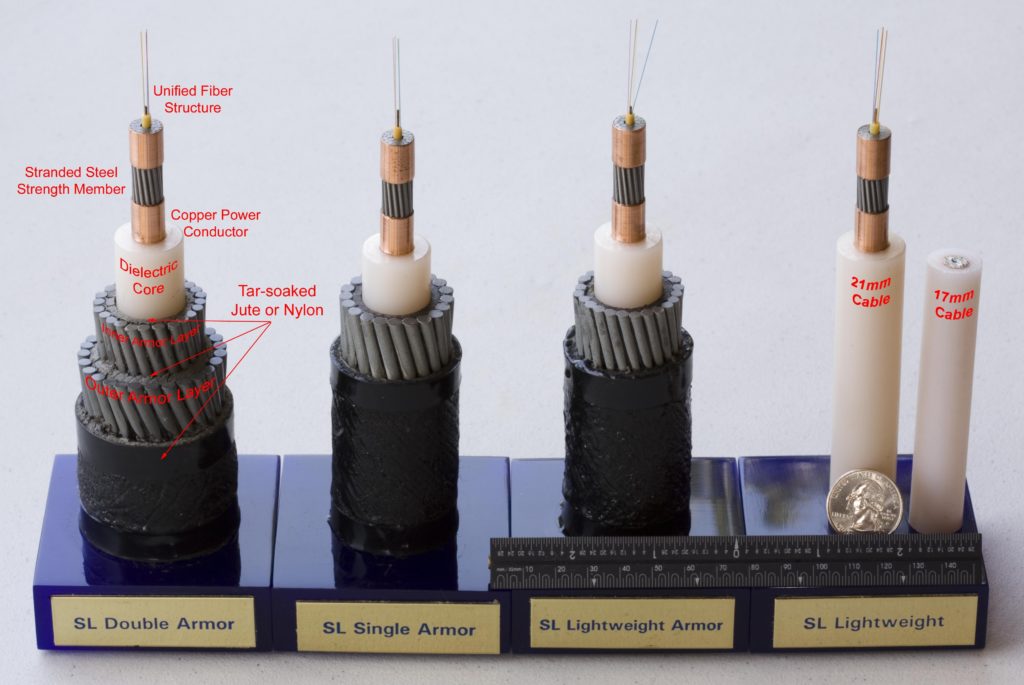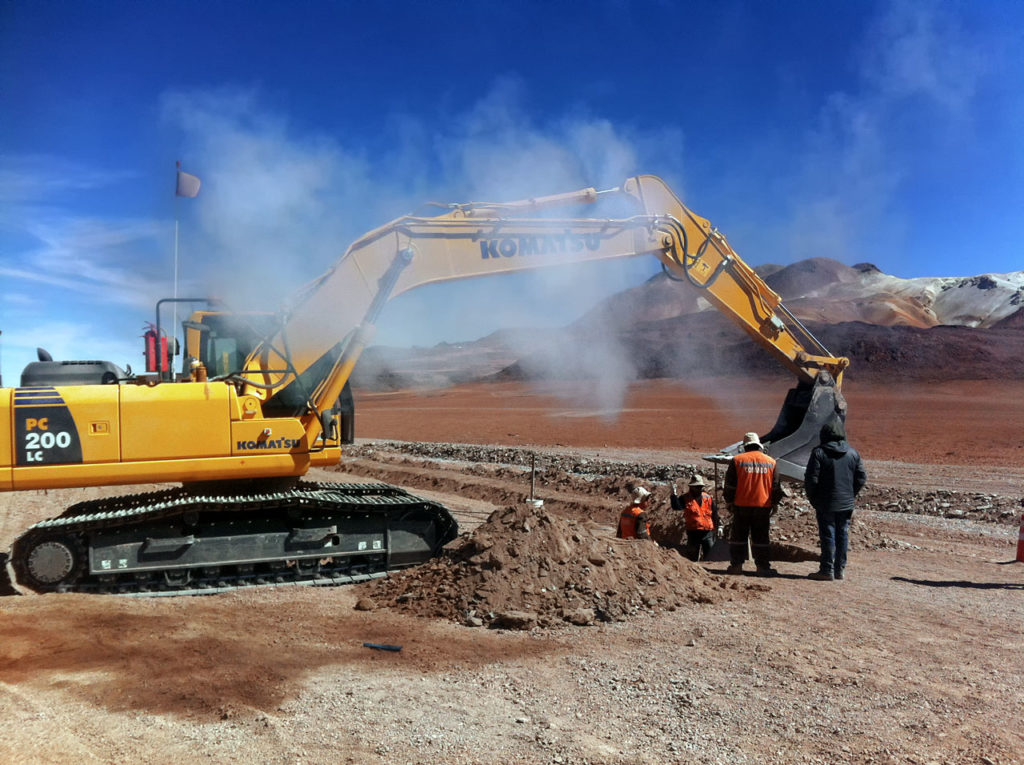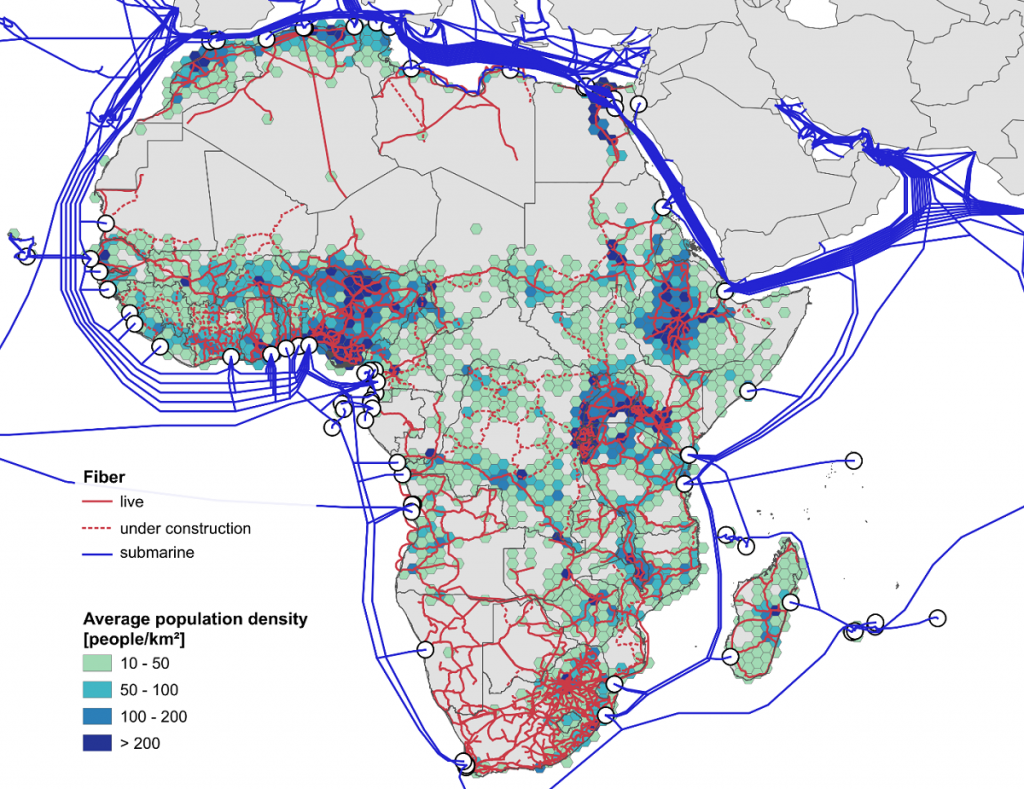- EmpowerAfrica
- ,
Did you know that over 525 million people used the internet in Africa in 2019? If current growth trends continue, almost 75% of Africans are expected to come online by 2030.
The Empower Africa Business Platform is Now Live !!!
By: Leah Ngari & Shira Aliza Petrack
In June 2019 over half a billion Africans accessed the internet.
The quickly evolving digital economy has made internet connectivity a necessity in today’s world. A fast and reliable internet connection not only creates new job opportunities; it also helps existing businesses perform better and expand their operational capacity.
But what is the internet? The internet is a web of connected pathways that enable the flow of data from any point on the network to any other point on the network. Initially, the internet signals flowed over the copper wire network that telephone companies had lain across most western countries throughout the 20th century. In 1986, the US National Science Foundation used fiber-optic cables to connect 170 smaller networks together to form the world’s first fiber-optic backbone, which was expanded through private ventures. The new internet backbone allowed huge amounts of data to travel quickly across the United States, while the old copper cable network was used to connect individual households to the new internet backbone.
By the 1990s, when the internet became popular, another network of cables – the coaxial cables laid by cable television companies – were also able to solve the “last mile problem” of connecting end users to the fiber backbone. Various telecommunication companies joined to race to offer consumers the fastest, most reliable internet, and companies began regularly upgrading their cables to keep up with the latest technological advances – even beginning to offer direct “home to fibre” connections.
In the early 2000s, while the internet was already transforming almost every facet of the world we live in, landline penetration in Sub-Saharan Africa remained low – in 2003, for example, Sub-Saharan Africa had only 1.6 landline subscriptions for every 100 Sub-Saharan Africans! As a result, the region lacked a copper wire network backbone that could spread the internet.
The lack of a copper wire backbone did not only make it difficult to transmit data across the continent. Transferring internet data in and out of Africa was also a major challenge. In 2008, only three fiber-optic submarine cables connected the entire continent of Africa to the global internet, two of which landed in North Africa. Thus, until 2009, Sub-Saharan Africans wanting to go online needed to rely on a single, older-generation submarine cable for their connection. A boat accidentally colliding with the cable – as would happen frequently – could cause a months-long internet blackout.
Over the past decade, African connectivity has improved dramatically. Today, a number of submarine cables running up and down Africa’s coasts transfer the data to centrals servers from where the data gets beamed across the continent through a complex network of copper wires, fiber-optic cables, cellular towers, and satellites to an assortment of feature phones, smartphones, tablets, laptops, and industrial computers. The rapid rise in internet-enabled cell phones have allowed more Africans than ever to connect.
Nevertheless, more than 60% of Africans are still disconnected from the internet, with connectivity spread unevenly across the continent. And those who can connect often still only do so through expensive, unreliable connections.
Today, 37 out of 38 African countries that have a seashore also have at least one submarine cable landing (the exception being Eritrea, and not counting the disputed territory of Western Sahara). While countries with a direct connection to submarine cables enjoy the benefits of high-speed internet such as higher internet use and higher employment, Africa’s sixteen landlocked countries are left to rely on wireless substitutes which do not work as well.
Even in the thirty-seven countries with a direct submarine landing port, nine countries have only a single submarine cable connecting the country, while another eight have a mere two. Thus, a stray anchor causing a small tear or even scheduled maintenance on the cable can lead to prolonged internet cuts. As a result, even countries with a direct submarine cable port still experience regular internet slow-downs and outages. In May 2020, a consortium of major companies such as China Mobile International, Facebook, and Telecom Egypt, announced their plan to build a new 37,000 km long subsea cable that will make twenty-one landings in sixteen countries in Africa.

Since neither fixed landlines nor cable TV was ever particularly popular in Sub-Saharan Africa, the region still lacks an adequate network of telecommunication wires. In addition, mobile phones are much cheaper to purchase and easier to use than more sophisticated devices (such as personal computers) equipped with the capacity for wired connectivity. As a result, internet adoption in Africa has largely been driven by mobile phone penetration. More recently, the advent of cheaper smartphones has brought more of the internet to even more Africans. In its 2019 report, GSMA predicted that 3G (which provides faster browsing and downloading) will overtake 2G to become the leading mobile technology in the region.
Nevertheless, a deep digital divide remains. In 2019, mobile internet adoption (unique individuals using the internet on a mobile device) stood at only 24% in Sub-Saharan Africa. The World Bank estimates that as many as 100 million Africans live in rural areas out of reach of traditional cellular networks.
Individuals who are connected often make due with poor service: Cell towers can transmit a stronger and faster signal when served by fibre cable, but many of the cell towers in the region are too far from the fibre cable network, and so need to rely instead on satellites and microwaves for their reception.
As mentioned above, Africa could not rely on a widespread and functioning network of telephone copper wires or of coaxial television cables for its initial internet needs, and instead needed to rely mostly on wireless transmission mechanisms to transfer internet data across the continent. And over the past decade, with advances in fiber-optic communication greatly increasing the data transmission capacity of these cables, telecommunications companies have begun gradually replacing or supplementing old copper and coaxial cables with fibre-optic cables in many industrialized nations.


Africa’s lack of terrestrial fiber-optic network is holding back the continent’s economic development. But building such a network comes at a cost: laying down just one kilometer of fiber-optic cable can cost between $15,000 and $30,000.
The World Bank has estimated that connecting the 1.1 million Africans who do not currently use the internet to affordable and reliable broadband internet will require a $100 million investment to build at least 250,000 new 4G base stations and deploy at least 250,000 km of fiber-optic cable throughout the region. It will also require innovative solutions to bring internet to the nearly 100 million Africans living in rural areas beyond the signal capacity of traditional mobile networks.
Recently, the private sector has stepped in order to implement the infrastructural advances needed to connect Africa to fast and unreliable internet. Companies working alone or partnering with other governmental and corporate bodies are working on various aspects of the internet infrastructure challenge in the hopes of connecting the continent and making a profit along the way.
Google is working on Equino, a private subsea cable that will run from Portugal to South Africa, with branching units along the way that can be used to connect the countries along Africa’s western coast. Facebook has partnered with African and global telecommunication operators to build 2Africa, a subsea cable that will lie along Africa’s east and west coasts and is expected to connect twenty-three countries in Africa, the Middle East, and Europe.
Private-public partnerships are another common way of meeting Africa’s infrastructure needs. In Botswana, a land-locked country with a higher than average internet penetration rate, the government has launched a “Fibre to Home” initiative: Eleven private sector companies working in coordination with the government to build and maintain the fibre network will connect Botswanans’ homes directly to a robust terrestrial fibre backbone.
Rwanda – another landlocked country – lay 3,000 km of fibre cable before partnering with KT Rwanda Networks in 2013 (a subsidiary of the South Korean telecommunication giant) to design and manage the fixed-mobile converged infrastructure. This year, the Rwandan government announced an additional partnership with GSMA to further increase mobile broadband penetration in the country.
Innovative solutions will be needed to connect the 100 million Africans living out of reach of traditional mobile networks. Africa’s sheer size along with the low population density in rural areas means that it is not efficient to lay fibre cables or build cell towers in a manner that would connect every inch of the continent. Instead, companies and researchers are coming up with creative solutions that will bring the internet to Africa’s most rural populations.
Google and Facebook have both tried thinking outside the box in an effort in bringing the internet to Africa’s remote villages, with Google using helium-filled balloons and Facebook resorting to drones and satellites to beam internet signals to off-the-grid areas. Researchers from South Africa’s University of Western Cape have built a local mesh network that enabled cheap and reliable wi-fi in Mankosi, an area home to some 6,000 people with little running water and where most homes are not connected to the electricity grid and where running water is considered a luxury. In Ghana, global telecommunication giant Huawei has successfully designed lightweight base stations with concrete free foundations that can be transported entirely on standard trucks and that use 4G technology to connect with the “donor site” as opposed to satellite and microwave to provide a cheaper and more reliable internet connection.
Connectivity in Africa has improved dramatically over the past decade. Global, national, and private initiatives have made internet connections more accessible on the continent and created new opportunities for employment, socialization, and education. As more Africans come online every year, however, several challenges remain.
First, despite the promising advances, the infrastructure challenge remains. Today, in 2020, the internet is still beyond the reach of most of the continent’s population. Mobile data is particularly expensive, with users across the continent paying, on average, the highest prices for mobile data relative to monthly income in the world. And in areas where a physical connection to the internet is possible, the cost of the data package or of the digital device needed to connect makes broadband unaffordable for most Africans. Lastly, the high rates of digital illiteracy across the continent make it difficult for many Africans to make the most of the internet once they do connect.
Investing in African connectivity will not only improve the quality of life and economic prospects of much of the continent’s population. Better internet in Africa will also create business opportunities by establishing the conditions necessary to open or scale a business. For tech entrepreneurs, cheap and reliable broadband on the continent will open the possibility of establishing the initial data centers and server farms of the continent and employ Africans in the growing global digital economy.
The United Nations has defined building resilient infrastructures, promoting inclusive and sustainable industrialization and fostering innovation as one of the 17 Sustainable Development Goals (SDGs). Since the end of 2019, more than half of humanity is online, but the majority of Africans are still disconnected. Now is the time to connect Africa.